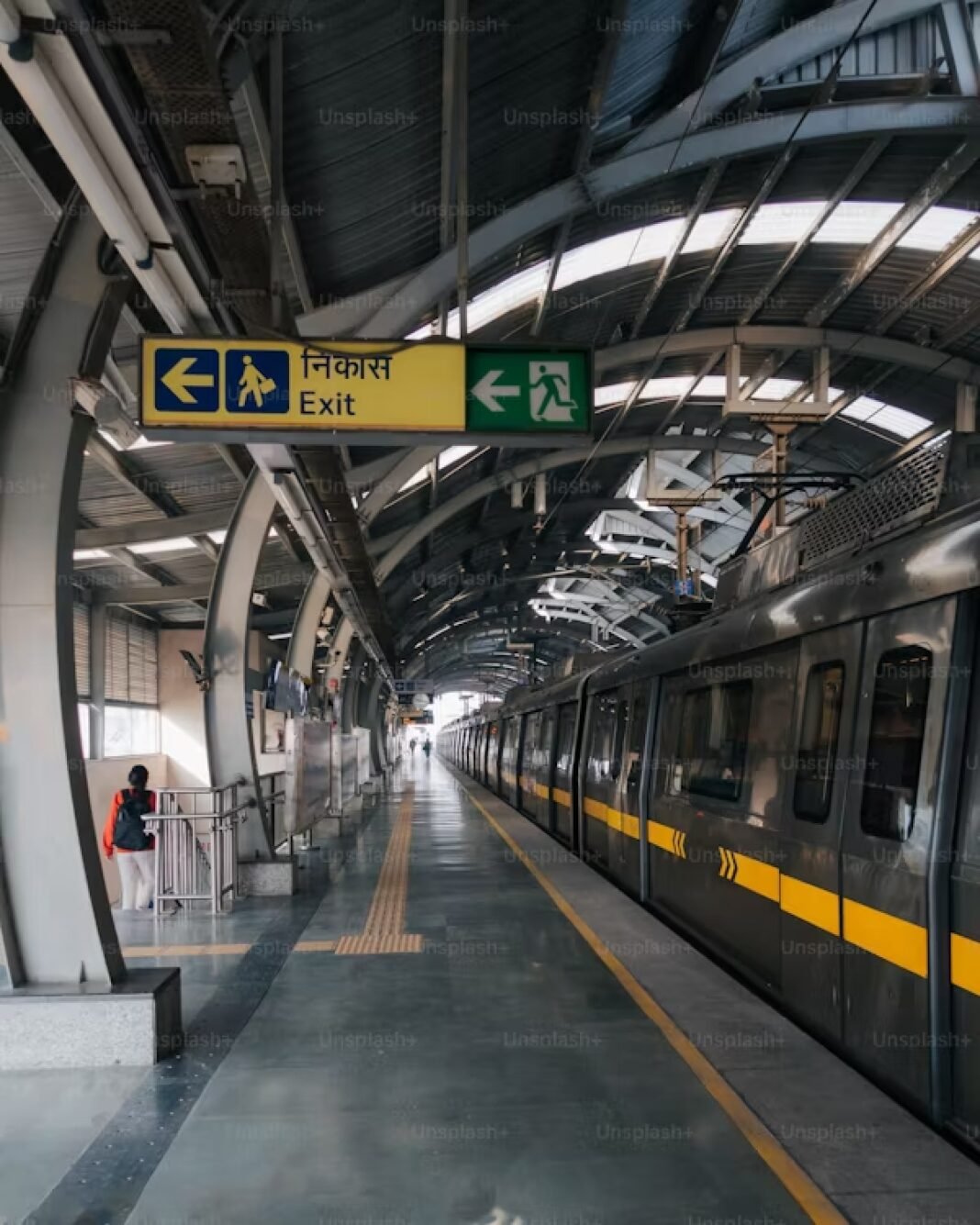The construction of the approximately 5 km long Baradevi-Naubasta elevated section of Corridor-1, part of the Kanpur Metro Rail Project, is advancing swiftly. This section, which extends from IIT to Naubasta, marks a significant milestone in the city’s infrastructure development. On Saturday, the project reached a notable phase with the commencement of the erection of steel spans over the Naubasta flyover.
The initial segments of both steel box girders, each measuring about 30 metres in length, were erected approximately 6 metres above the flyover. This task was accomplished using specially constructed temporary structures on both sides of the flyover, demonstrating the project’s commitment to innovative engineering solutions. In the Kanpur Metro infrastructure, U-girders and I-girders are essential components used for constructing viaducts that support the metro tracks. Typically, the average length of U-girders used in the Kanpur Metro is 27 metres. Given the unique requirements of the Naubasta flyover span, the decision was made to utilise 45-metre-long steel box girders. These girders are being erected in three segments each for both the up-line and down-line, showcasing a strategic approach to ensure structural integrity and efficiency.
Saturday morning marked the successful erection of the first segments of girders for both lines, each approximately 30 metres in length. With the addition of two more segments, the length of both steel box girders will reach 45 metres each. This progress is crucial as it facilitates the seamless continuation of the project, aiming to enhance the overall connectivity and transportation infrastructure within Kanpur. The development of this elevated section not only underscores the importance of modernising urban transit systems but also highlights the technological advancements in construction methods. The use of steel box girders, specifically designed to handle the unique challenges posed by the Naubasta flyover, is a testament to the project’s innovative and forward-thinking approach.
In related news, the Additionally Driven Intermediate Tunnel (ADIT) at Ghansoli for the Mumbai-Ahmedabad Bullet Train Project has been successfully excavated. This tunnel, a critical component of the 21 km long stretch between BKC and Shilphata in Maharashtra, is expected to expedite the construction process, further bolstering India’s high-speed rail infrastructure. Additionally, the Maharashtra State Electricity Distribution Co. Ltd (MSEDCL) has commenced the installation of smart electricity metres across the state. Despite facing opposition from activists due to concerns over costs and potential tariff hikes, this initiative is a significant step towards modernising the state’s electricity distribution network.
In another technological advancement, IIT (BHU) in Varanasi has developed a low-cost LoRaWAN-enabled device for smart metres. This device promotes sustainability and aims to integrate smart metre technology into a broader smart building framework, highlighting the institution’s commitment to innovative solutions in energy management. These developments, alongside the progress in the Kanpur Metro Rail Project, reflect India’s ongoing efforts to enhance its infrastructure and embrace cutting-edge technology, paving the way for a more connected and sustainable future.





